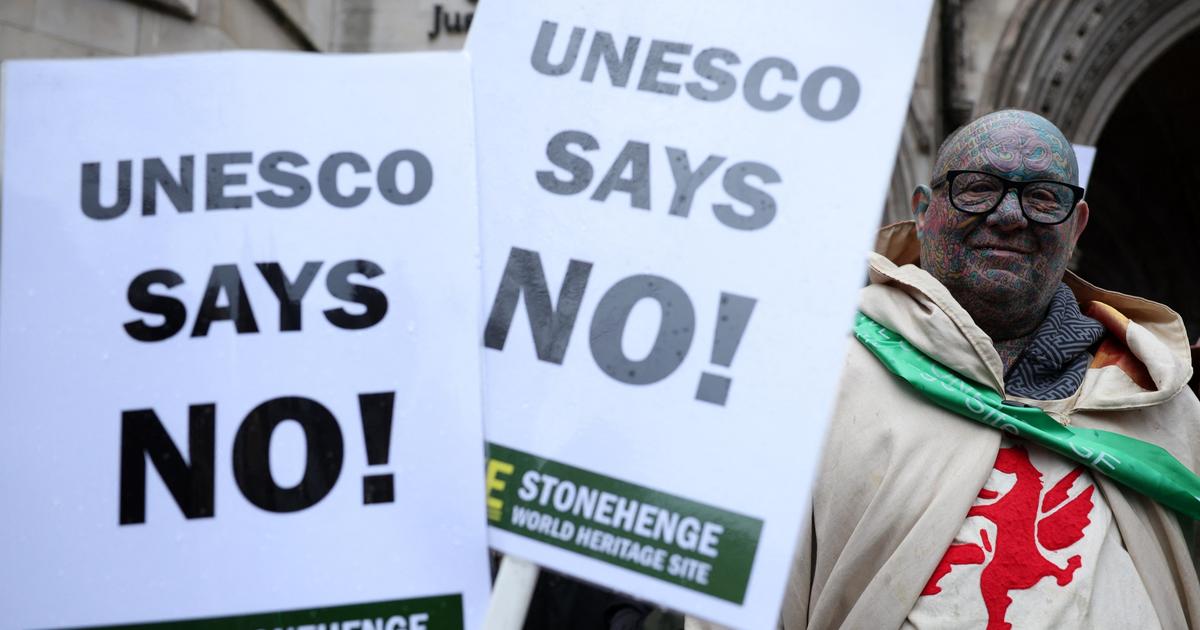The French baguette, the Algerian raï, the Serbian "
slivo
" or even the Tunisian harissa: Unesco is examining from Monday in Rabat the applications for inclusion in the lists of the intangible heritage of humanity.
Chaired by Morocco, the Intangible Cultural Heritage Committee of Unesco will examine from Monday to Saturday 56 registration requests, including four requiring urgent safeguarding, such as the art of pottery to the Cham people in Vietnam, specified the organization.
This is the first time that it has been face-to-face after two successive annual sessions (2020 and 2021) held online due to the Covid-19 pandemic.
The results will be published on Unesco's Twitter accounts from Tuesday 29 November, during the afternoon.
Read alsoThe volcanoes of Auvergne, national geological jewel
Among the most prominent issues: the baguette (France), the popular raï song (Algeria), fairgrounds (France and Belgium), the culture of "
chaï/tea
" (Azerbaijan and Turkey), the techniques traditional ways of processing tea (China), rubab, lute from Central Asia (Iran/Tajikistan/Afghanistan), slivovitz, plum brandy from Serbia, light rum (Cuba), or even the know-how and culinary practices around harissa, the traditional Tunisian condiment.
Read alsoUnesco: which sites are entering the World Heritage List?
In order to avoid controversy, Unesco honors above all traditions, practices and know-how to be safeguarded.
Also it will not recognize that the baguette belongs to the intangible world heritage but that "
the craftsmanship and the culture of the baguette
" are part of it.
In the same spirit, it is the know-how of the masters of light rum in Cuba that will be considered, and not the spirit.
As for Algerian raï, it will not be included on the list as music but as a tradition surrounding this musical genre.
“
It's living heritage.
The big difference between this list of intangible heritage and the list of world (tangible) heritage is that here it is communities that are represented and who are the protagonists of this safeguarding
“, explained to AFP Ernesto Ottone, deputy director general for culture of Unesco.
Thus an intangible heritage can be shared between several countries, as in 2020 the inscription of couscous had been the result of a joint application by four North African countries: Algeria, Mauritania, Morocco and Tunisia. .
Morocco's ambassador to Unesco, Samir Addahre, regretted "
not having been able to present a joint file
" with Algeria for the raï, due to the breakdown of diplomatic relations between the two neighbours, but he said he hoped for other joint candidacies "
when circumstances improve one day
".
Adopted in October 2003 and ratified by 180 countries, the Convention for the Safeguarding of the Intangible Cultural Heritage promotes the safeguarding of the knowledge and know-how necessary for traditional craftsmanship.
A tool of cultural diplomacy, it also rewards "
cultural practices transmitted from generation to generation, such as oral traditions, performing arts, social practices, rituals and festive events or even knowledge and practices concerning nature and the universe.
".
The list of the intangible cultural heritage of humanity now has 530 inscribed elements, 72 of which require urgent safeguarding.















